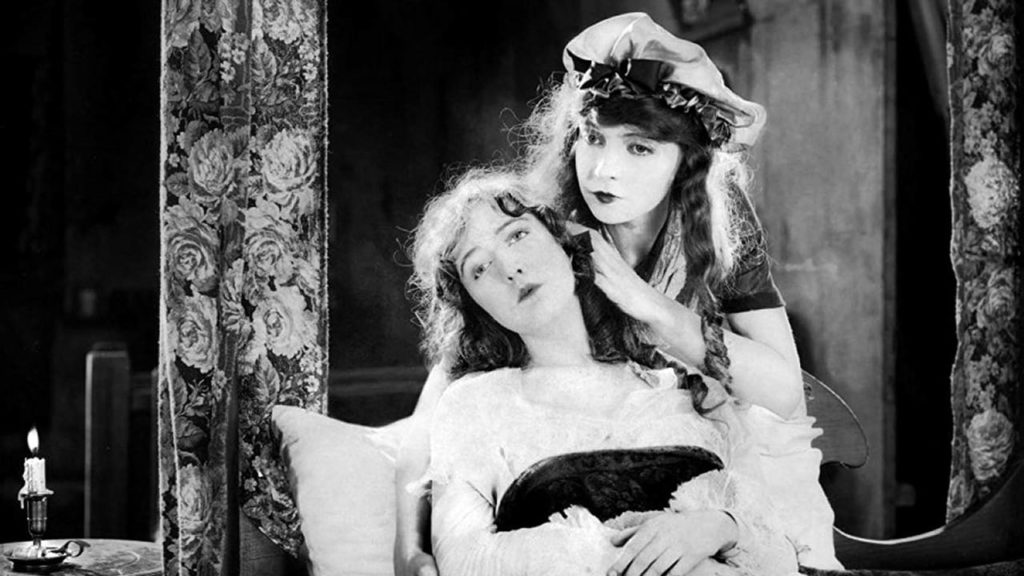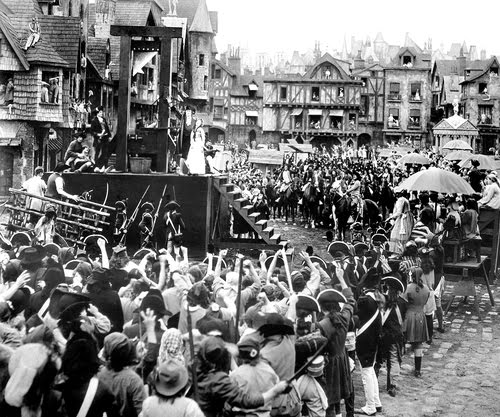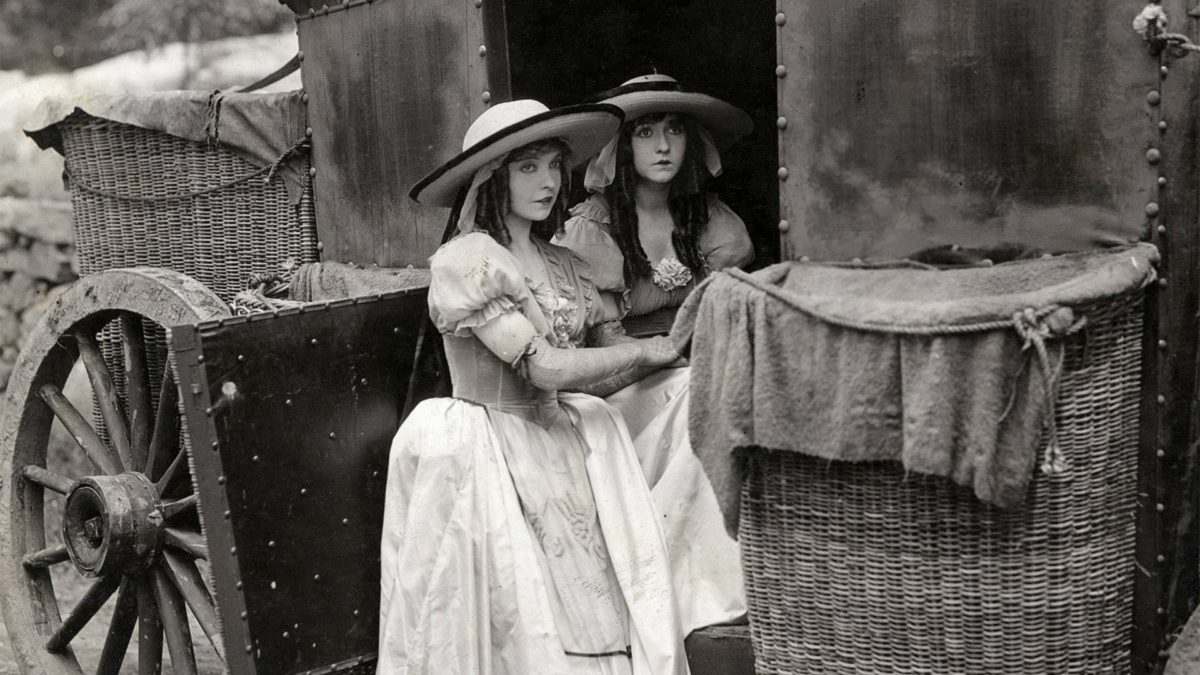The French Revolution turns out to be a very good match for DW Griffith. The iconic historical images — the storming of Bastille, the tribunals, the guillotine — and the extravagant period details of late 18th-century Paris are exactly in the wheelhouse of Griffith and some of the strengths of his previous epics. The film’s closest parallel is The Birth of a Nation minus the blatant racism: a romantic and family melodrama against the backdrop of a historical crossroads climaxing with a hurricane of violent mobs. The film is also a showcase of some of Griffith’s most annoying traits: His heavy-handed, anti-progressive moralizing; and his repeated use of mistreated damsels in distress as plot devices. Still, it is ultimately one of his most watchable films despite its 2.5 hour runtime.
Griffith’s film grammar experiences no major evolutions here, just refinement: His pace of editing and use of close-up is stronger than ever. We get some striking montages, particularly in the film’s historical moments, as we see various characters’ involvement and reaction to the political tension. There’s a particularly brilliant and tense segment near the end of the film as Lillian Gish’s Henriette is slowly prepared for execution as a frenzy rushes from the tribunal to the guillotine to call it off.
And while the camera rarely moves, it leaves an impact when it does. Gently swooping shots make us feel directly in the Parisian streets and parties.

The film once again stars Lillian Gish, who is as brilliant as ever, though slightly less in the spotlight than Way Down East. This time, she’s joined by her real-life sister Dorothy Gish to play her in-film sister — though, oddly, they play adoptive sisters, not sisters by birth, in the film. Dorothy also shines here as a downtrodden blind girl who suffers the worst of the films characters.
Among Griffith’s historical epics, I found this easily the most palatable to modern eyes — the coherent, well-structured narrative has a steady pace and memorable cast of characters. The palatial production values and set pieces are a treat. And though there’s some of Griffith’s political commentary, it’s not all that much of a burden. What a relief, too, that the film mostly avoid racist caricature (minus the beggar woman who abducts Dorothy Gish’s Louise and is a clear Romani stereotype).
The runtime is daunting, sure, and that’s the biggest mark against it. If you have an appetite for the practice, I think this movie is a strong candidate for sped up playback; just be sure to slow it to regular speed for the full effect of the outstanding montages at the climax.

Orphans of the Storm marks the fifth and final Griffith film I will view during this tour of 1001 Movies You Must See Before You Die. Though I’m not sad to leave behind certain elements of his craft and tone, it has been enlightening to view the evolution of the medium in the hands of an early master. From the riveting final hour of the bloated Intolerance to the closet scene of Broken Blossoms and more, Griffith brought a grand, evocative vision of cinema to viewers. I’ve identified a couple films of his I’d like to see at some point, but I think I’ll take a bit of a Griffith break as I move into some new corners of silent cinema.
(I’m attempting to watch 1001 Films to See Before Your Die in chronological order. This is film number 10. Up next is Victor Sjostrom’s The Phantom Carriage from Sweden.)
- Review Series: D.W. Griffith
Is It Good?
Good (5/8)
A few words on "Is It Good?" ratings for early cinema.
Dan is the founder and head critic of The Goods. Follow Dan on Letterboxd. Join the Discord for updates and discussion.

